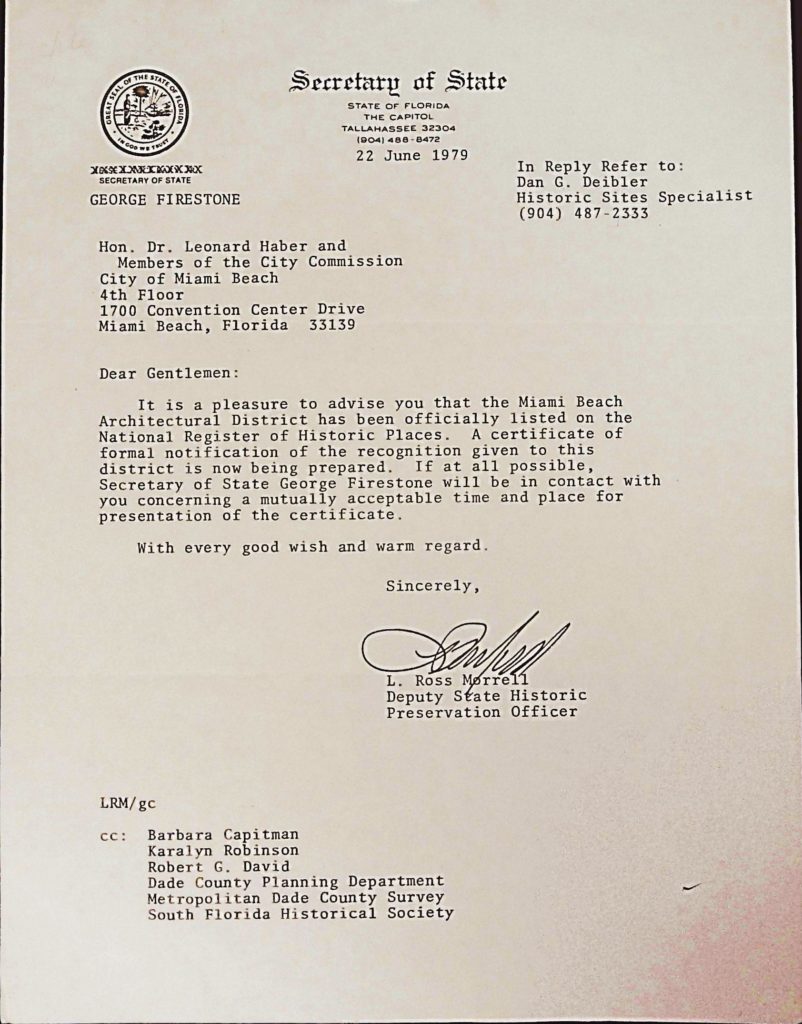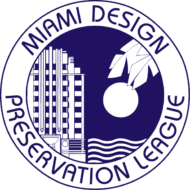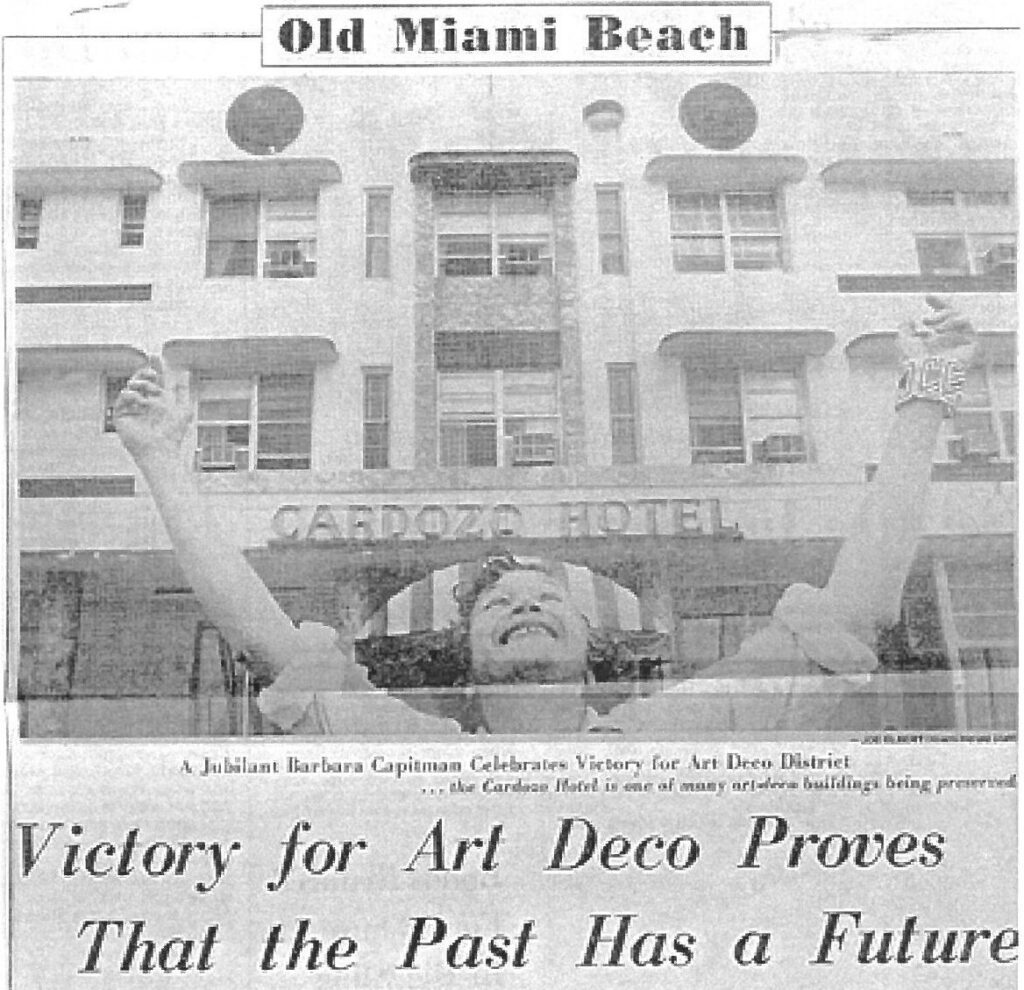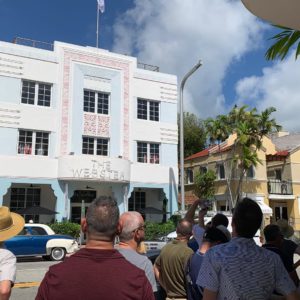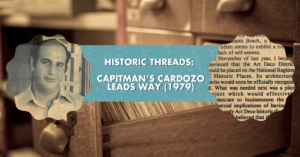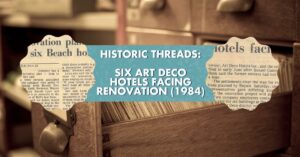On May 14th, 1979, the Miami Beach Art Deco District was listed on the National Register of Historic Places as the nation’s first urban 20th century Historic District. This year we celebrate the 42nd anniversary of that momentous event!
At a State of Florida hearing in December 1978, Barbara Baer Capitman made her passionate plea proposing a historic district in South Beach – inclusive of approximately 1,200 buildings. Despite the immense powerful opposition against it, on May 14th, 1979, 800 buildings were listed as contributing structures on the National Register of Historic Places. While the mostly honorary designation did not create protections from building demolition, it was an important first step to identify the area as nationally significant. In addition, the designation provided tax advantages to property owners who restored buildings and made available low interest federal loans for the restoration work.
Michael D. Kinerk clearly remembers that day, “What fun and celebrations we had…champagne and free tram tours led by Diane Camber (then MDPL Associate Director).”
Shown is an archival letter from Secretary of State dated June 22nd, 1979 stating the Miami Beach Architectural District has been officially listed on the National Register of Historic Places and Miami Herald’s newspaper photograph of Barbara Baer Capitman and her supporters celebrating their victory and photo that went with article entitled “Victory for Art Deco Proves That the Past has a Future”.
